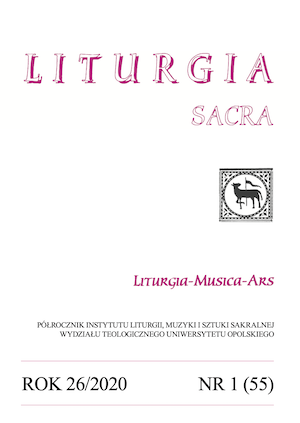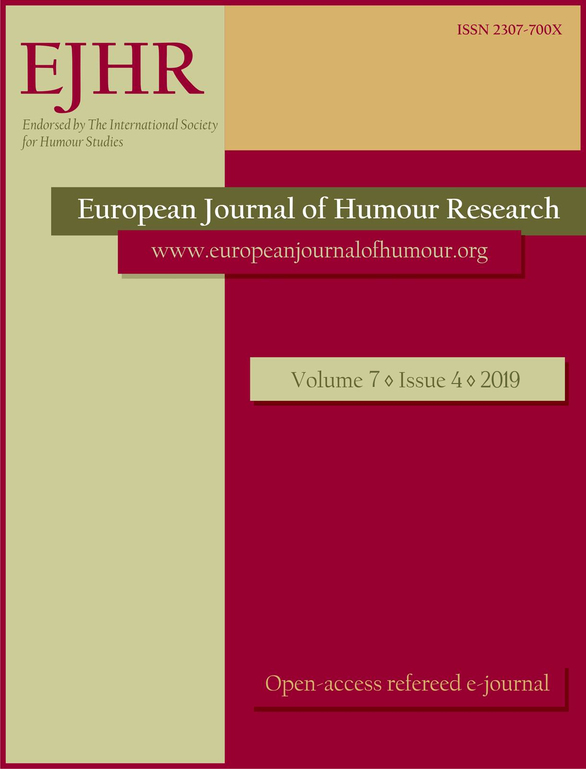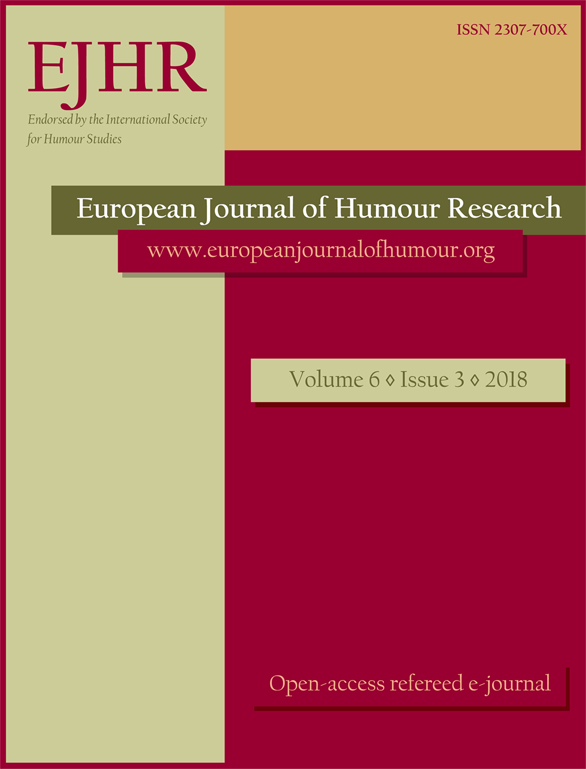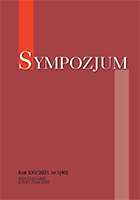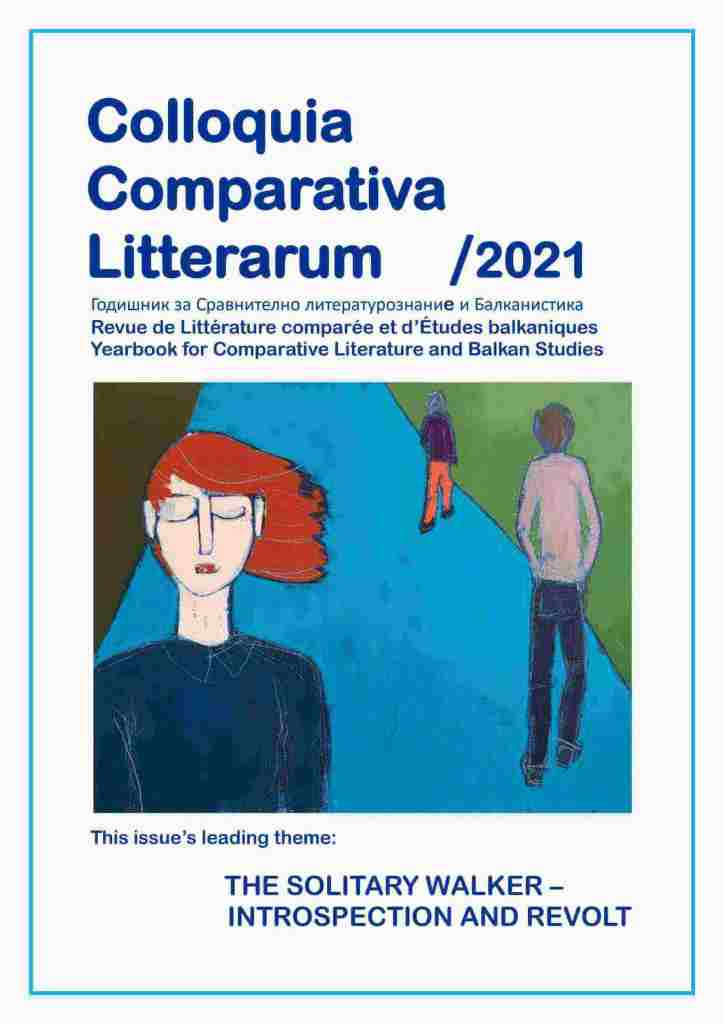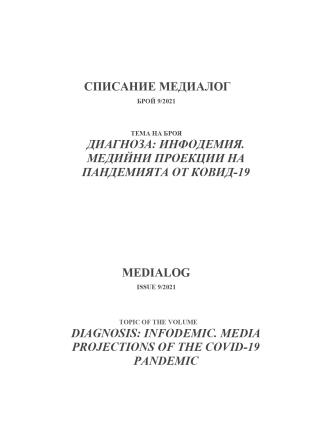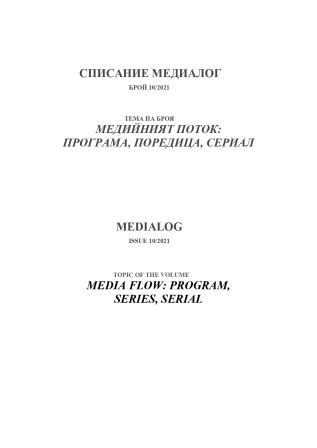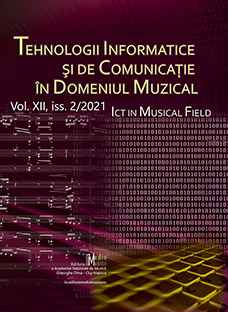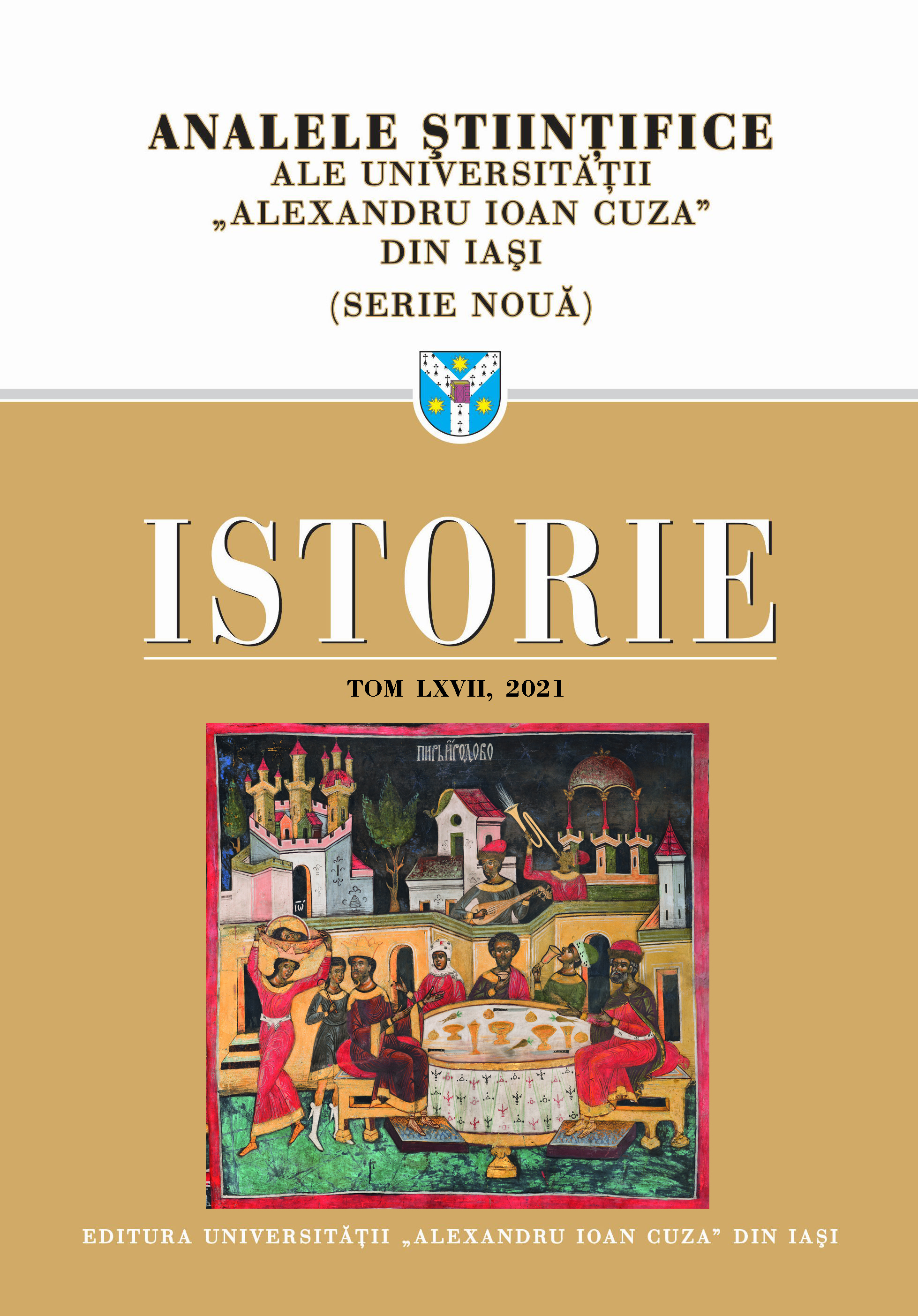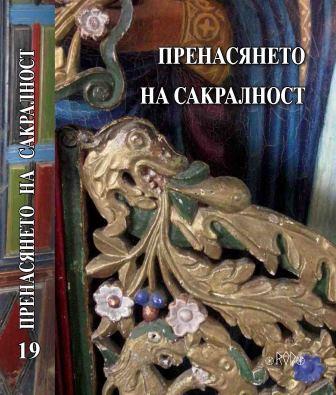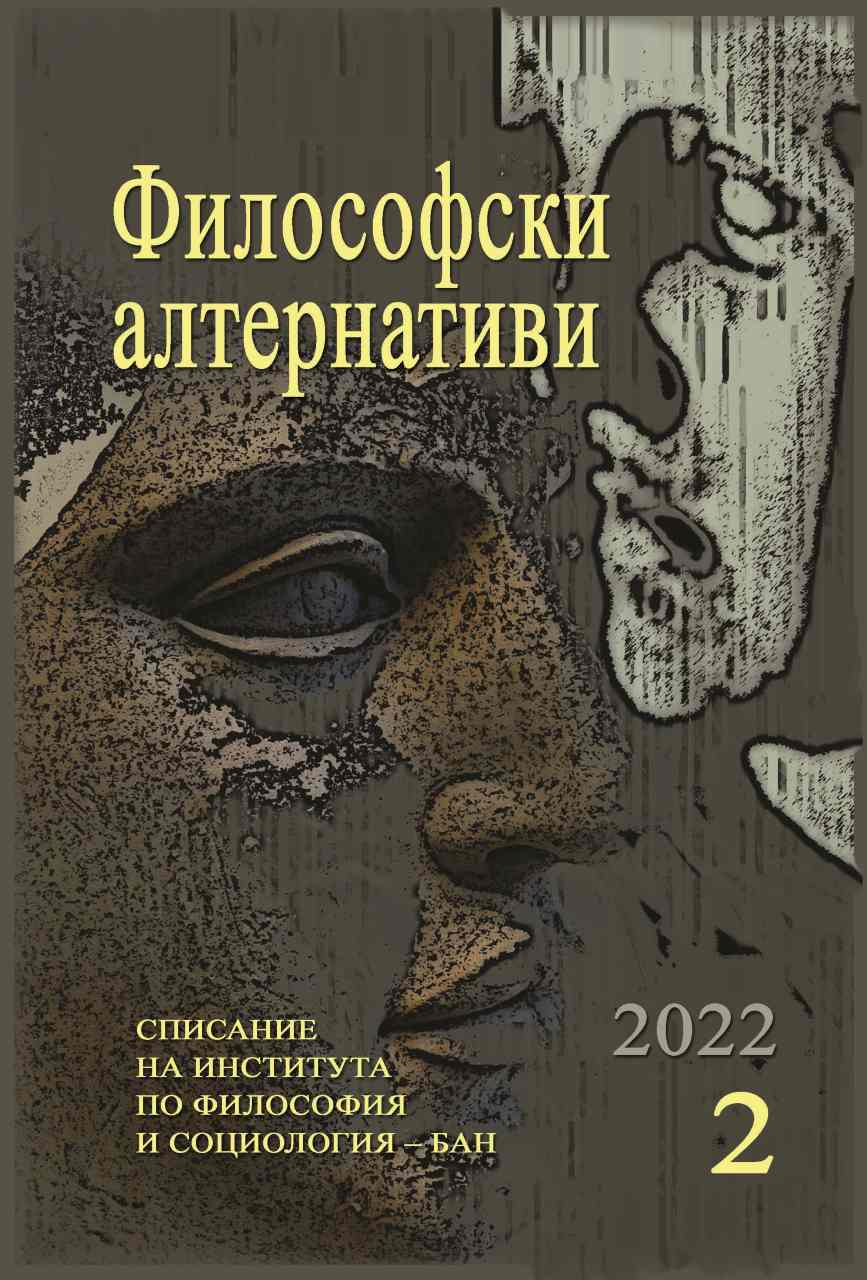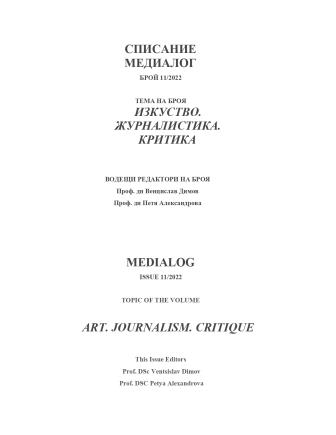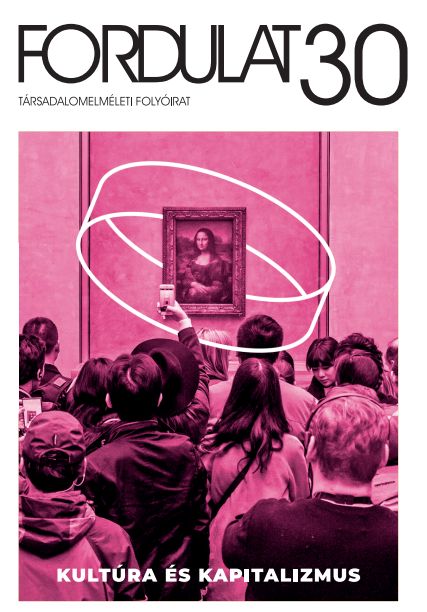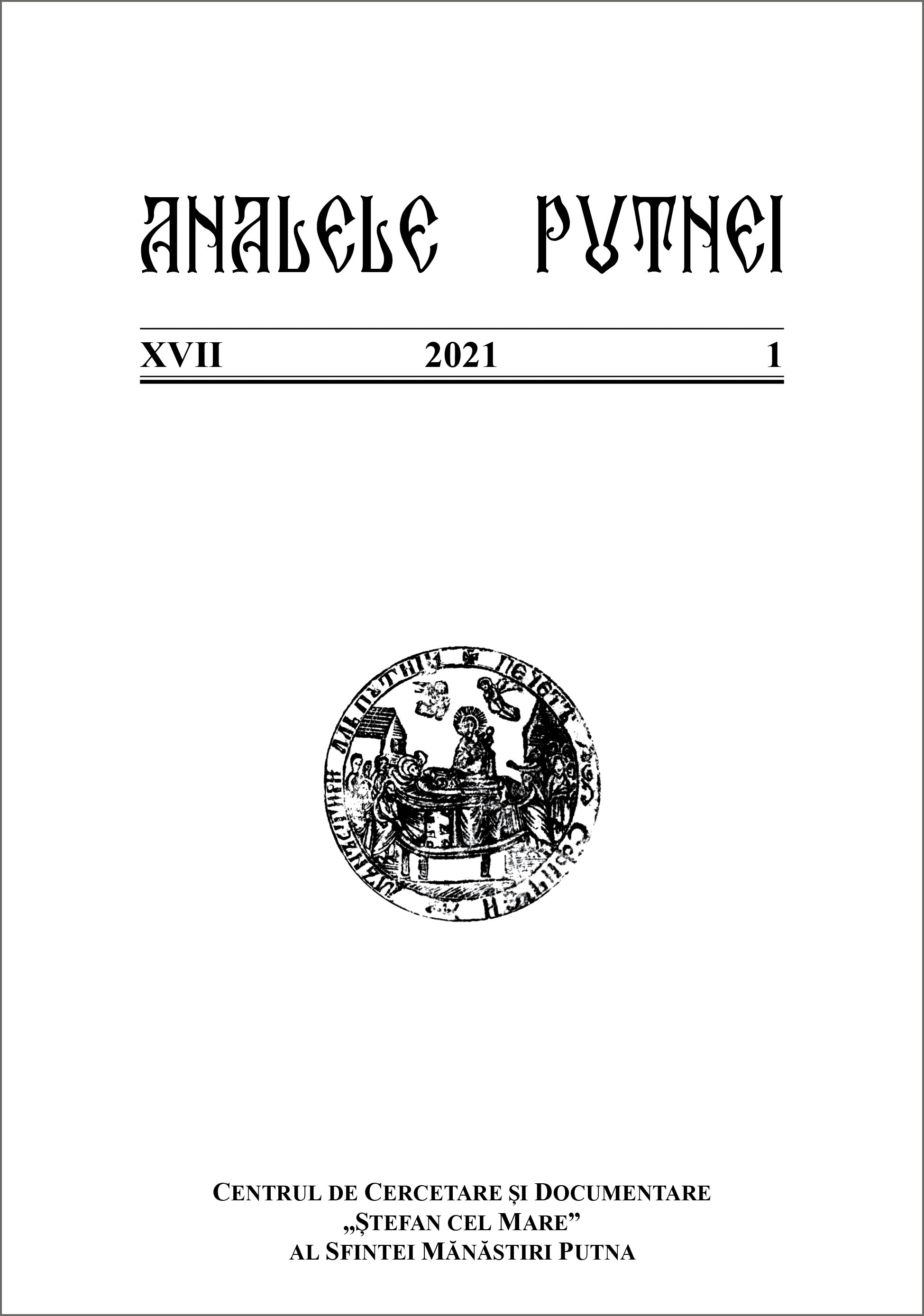Author(s): Ganiu Abisoye Bamgbose / Language(s): English
Issue: 4/2019
Extant studies on Nigerian hip-hop have approached the genre as an act and as an art from psycholinguistic, social, sociolinguistic and pragmatic dimensions. However, the possibility of evoking humour through the careful deployment of language by Nigerian hip-hop artistes is a phenomenon which has largely escaped the attention of scholars within the ambit of applied linguistics. This research, therefore, investigates how Nigerian hip-hop artistes, beyond the rhythm and lyrics of their songs, poke fun at their listeners. The study employs Sperber and Wilson’s Relevance Theory to analyse the humorous utterances in four purposively selected hip hop songs: Jo o, by Jahbless, Eyan Mayweather by Olamide, Penalty by Small Doctor and Lyrically by Lil Kesh. The choice of artistes was based on consideration for the two popular subgenres of Nigerian hip-hop, which are rap and dance hall, while the choice of tracks was based on consideration for their humorous potential. The humorous utterances are either name-induced or object/phenomenon induced. The study finds that simile, metaphor, hyperbole, punning, teasing, putdown and litotes, complemented with linguistic devices such as polysemy and repetition, are the humour techniques that are deployed to amuse listeners. Humour strategies adopted by Nigerian hip-hop artistes are comparing, contrasting and extending corresponding concepts, distorting collective knowledge of people, social events and situations and manipulating shared cultural representations. Nigerian hip-hop songs are spiced with humorous utterances which can only be deciphered by people who share the socio-cultural world of the artistes. The referring expressions used by the artistes can help enlarge the vocabulary of Nigerian English.
More...
